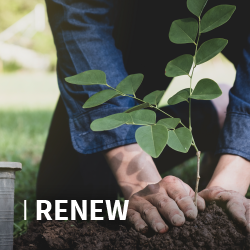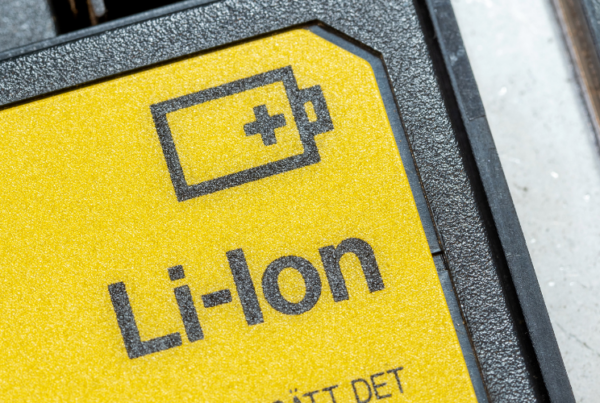Environmental Protection Agency (EPA) leaders gathered input from state government workers, consumer products manufacturers, and electronics wholesalers at a virtual roundtable April 26. The EPA is beginning to gather feedback from those who will be affected by the National Recycling Strategy. The recycling industry did not weigh in during the initial session.
Nena Shaw, acting director of the EPA’s Resource Conservation and Sustainability Division, referenced two recent laws at the center of the agency’s efforts: the Save Our Seas 2.0 Act, which became law on Dec. 18, 2020, and the Infrastructure Investment and Jobs Act, which became law on Nov. 15, 2021, the day the Biden administration announced the strategy.
The infrastructure law includes the Recycling Enhancements to Collection and Yield through Consumer Learning and Education (RECYCLE) Act, which ISRI helped develop. It provides support for recycling programs. Specifically, the EPA must develop best practices for states, tribal, and local governments with respect to the collection and recycling of batteries.
The law also requires the agency to establish a program to award grants to improve the effectiveness of residential and community recycling programs through public education and outreach. “That’s transformative for us,” Shaw says.
In addition, the EPA must develop a model recycling program toolkit for states, Native American tribes, and local governments. The law requires five-year reviews by the EPA of its federal procurement guidelines for purchasing certain recycled materials and items made with recycled content.
The EPA in late 2021 created the Solid Waste Infrastructure for Recycling (SWIFR) pilot grant program. The agency will dole out $75 million over a five-year period to qualifying projects. “This is incredibly broad; it means we have a lot of work to define what this program is going to look like,” Shaw says. In addition, the agency will award more funding that touches upon recycling, including:
- $15 million over five years to promote what it calls “the Reduce, Reuse, Recycle lifestyle,” including the toolkit.
- $10 million to study and report on best practices for battery recycling.
- $15 million to create a voluntary battery labeling program so people know where to take batteries for recycling.
A lack of common national standards for electronics recycling is a barrier to properly collecting, extracting materials, and repurposing, the EPA heard from participants in the roundtable.
Walter Alcorn, vice president of environmental affairs and industry sustainability at the Consumer Technology Association, said some states, including Illinois and South Carolina, are moving to a clearinghouse model, in which multiple partners (producers, recyclers, and garbage collectors) can provide service. “The idea is that if you have a strong enough collection [program], it’s up to manufacturers to figure out how to plan for what comes in and pay for it [to be recycled],” he says.
Because recycling capacity is a concern, the EPA should mandate a labeling system where materials in used electronics could be identified during their lifecycle for extraction, stated Michael Shuler, president and CEO of electronics reseller Veterans Alliance Resourcing. “You’ve got a lot of people processing material so fast, they don’t have time to pull that material out. [Labeling] might allow segmentation of material that could be redeployed,” he says.
Education and awareness need to be raised as much as anything, several participants agreed. “We have these hit-and-miss types of programs where there a lot of states that have good awareness and good collection options. There are some states where the collection infrastructure is just not there,” says Jason Linnell, executive director of the National Center for Electronics Recycling.
Ronald Vance with the EPA’s Resource Conservation and Sustainability Division says the agency will continue to seek input from stakeholders. “This conversation will not be the only one that we will have as we go through the process of defining the strategy,” he adds.
Photo courtesy of Carol M. Highsmith via Wikimedia Commons. Caption: EPA Headquarters in Washington, D.C.
Additional Resources













